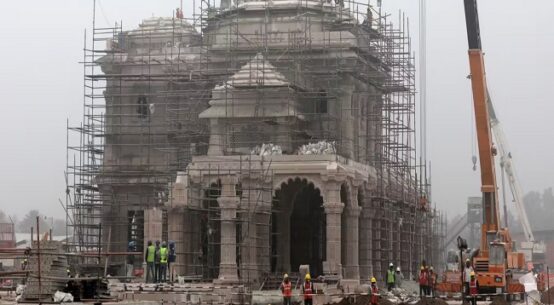
The news that New York City removed its last phone booth (public phone or payphone) on Monday, May 23, 2022, signals the end of the city’s long history of public payphones.
The last phone booth was located between Seventh Avenue and 50th Street in midtown Manhattan. The payphone will now be moved to the “Analog City” exhibit at the Museum of the City of New York.
Since 2015, the New York City Council has removed more than 8,000 public payphones. The plan was to replace the old booths with kiosks that would allow New Yorkers to access the Internet, charge their cell phones and make free phone calls.
Thehistory of public telephones in the U.S. slowly declined until they are rarely found in modern times.
The inception of the public payphone
The first coin-based public payphone was set up just four years after Alexander Graham Bell patented the telephone in 1876.
One of the earliest commercial telephone exchanges was established between Bridgeport and Black Rock, Connecticut, in 1878.
America’s first public phone was installed in New Haven at the office of The Connecticut Telephone Company in 1880.
The first public telephones were ticket-based, company-owned pay stations. As a result, there had to be an attendant in place to handle the transaction.
Later on, the first coin-operated public payphone was installed in 1889 on the corner of Main Street and Central Row in downtown Hartford next to the Hartford Connecticut Trust Company bank.
There’s even a sign on the street that reads: “World’s First Pay Telephone. invented by William Gray and developed by George A. Long, was installed on this corner in 1889.”
Hartford’s public phone had a coin-based mechanism. These “penny-in-the-slot” telephones rang a bell for each coin deposited.
The invention of the telephone booth in the 1900s was a significant step forward in the evolution of public payphones. From then on, anyone could access this new technology in a more private way. The first booths were made of wood and had a door to keep out the weather. They had windows but no glass panes.
The public payphone golden era
In 1905, the first outdoor payphone was installed in Cincinnati. The first telephone booths were also built in the early years of the twentieth century.
Payphones kept booming in large cities like New York, Chicago, and Washington D.C. until they became ubiquitous in the 1950s.
In the 1960s and ’70s, many cities underwent urban renewal projects that replaced outdated design elements with more modern ones.
They were popularized as “the first city-wide system of payphones.” Since then, they have become a common sight in cities worldwide.
Afterwards, more pedestrian-friendly streetscapes meant removing phone booths from sidewalks to make room for bike lanes and other improvements.
As technology advanced and “penny-in-the-slot” phones were phased out, public payphones with built-in card readers were eventually introduced, allowing users to make calls without having to have coins on hand or look up numbers beforehand.
Public payphones in the modern era
In the age of mobile phones, it’s hard to imagine a time when the only place you could make a phone call was from a public booth.
For instance, in New York City alone, thousands of unused payphones once served as conduits for communication between people and businesses.
Once ubiquitous in the United States and abroad, the phone booth has all but disappeared from our cities. The increasing popularity of cell phones is one of the main reasons that phone booths have become relics of a bygone era. As a result, many phone booths still exist and are no longer in use.
Isn’t it crazy how much our phones have changed? When I was a kid, phone booths were everywhere.
Even with cell phones as prevalent as they are today, I feel nostalgic when I see one of those old phone booths.
While some cities have decommissioned their payphones outright, others have tried more creative ways of keeping them useful even after cellphones became commonplace among Americans.
In some cities in the U.S., there are still these old-fashioned booths that have been converted into mini-libraries where anyone can come and exchange books; some are used as mini-stores; while others serve as advertising spaces
Today, you’re more likely to see these spaces converted into Wi-Fi hotspots and cellphone charging hubs than being used for making calls.
Nevertheless, there are still working payphones scattered around the country; however, they are mostly found only in rural areas.
Thus, phone booths still exist and serve a purpose, despite the ubiquity of cell phones in society.
Final Thoughts
In the United States, you may be hard-pressed to find a phone booth in recent times. We’re so accustomed to carrying our cell phones with us everywhere that there’s not much need for payphones anymore.
Ultimately, we can look at the rise and fall of phone booths as a reflection of how technology has changed our lives.
I would like to know what you think of the old telephone booths. Do you still get nostalgic when you see one, or do you just see them as outdated remnants of a bygone era?
Rui Alves is a Mindset Coach & Web 3.0 Digital Disruptor.


